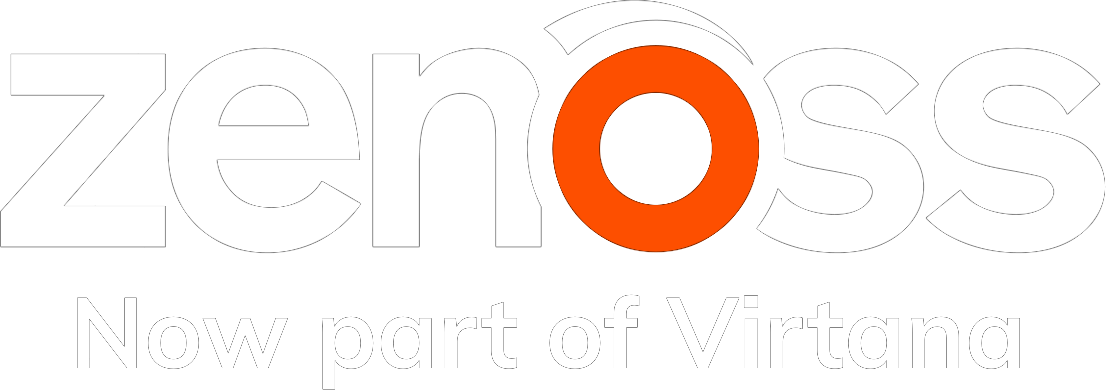Leading industry analyst firm Forrester recently published research titled The Forrester Wave™: Artificial Intelligence For IT Operations, Q4 2022. This is Forrester's summary of the report:
"In our 35-criterion evaluation of artificial intelligence for IT operations (AIOps) providers, we identified the 11 most significant ones — Datadog, Digitate, Dynatrace, Elastic, LogicMonitor, Micro Focus, New Relic, OpsRamp, ScienceLogic, Splunk, and Zenoss — and researched, analyzed, and scored them. This report shows how each provider measures up and helps technology professionals select the right one for their needs."
You can find my original post regarding this Wave here: "Unsolicited Opinions About The Latest Forrester Wave on AIOps, Part 1." In this post, I’ll provide context on some of the events that led up to this Forrester Wave. These are my observations and opinions, not Forrester’s.
The Origin of 'AIOps'
Let’s start with a bit of useless trivia. The term AIOps was coined by another analyst firm. (I won't name that firm since this post is about Forrester, but you can figure it out.) Originally, the acronym stood for “algorithmic IT operations.” (I don't care what Wikipedia says, I was there.) However, it turns out you can't start a technology acronym with "AI" and expect people to think it stands for anything other than "artificial intelligence." So, after having to reexplain the acronym some number of times that was too many, the industry analysts acquiesced and changed it to "artificial intelligence for IT operations."
Now, let's get to the Wave. First, we are extremely pleased to have received evaluation scores that put us among the top vendors. I worded that very carefully because most analyst firms that do this kind of vendor comparison object to the vendors asserting a ranking. So without doing that, I'll just say that Zenoss is the vendor that is third closest to the top right of the graphic. Infer from that what you will. But there’s more to understand about the graphic and the scoring, and the following is my attempt to explain it, including some history.
The first Forrester Wave that covered this space was called The Forrester Wave™: Intelligent Application and Service Monitoring, Q2 2019. My assumption is that, at that time, Forrester didn't want to use an acronym that was coined by another analyst firm, so they came up with their own term. This is shocking, but the 15-syllable term did not catch on like some had probably hoped. In the second iteration, AIOps had gained some momentum, and the name of the report was The Forrester Wave™: Artificial Intelligence for IT Operations, Q4 2020. And most recently (a few weeks ago), they published The Forrester Wave™: Artificial Intelligence For IT Operations, Q4 2022. Between these three pieces of research, some vendors changed and some of the evaluation criteria changed, but each report was an evolution of the previous one.
Regardless of the naming, it was a bold endeavor because it approached the "space" in a unique way. Other analyst firms published research on tidy categories of solutions like IT infrastructure monitoring (ITIM), application performance monitoring (APM), and digital experience monitoring (DEM). But, according to the lead Forrester analyst at that time, Forrester’s mindset was, “We’re publishing research based on categories of problems customers are trying to solve rather than by how vendors identify themselves.” This sentiment seems to make all the sense in the world, but there have been pros and cons.
The Tide Has Turned: Different Approaches to AIOps
What we saw in the first Wave and what we see in the Waves that evolved from it is very unique in this kind of vendor comparison. Rather than comparing a group of APM vendors, for example, and grading their capabilities, this Wave research covers how vendors from different IT operations management (ITOM) spaces are capable of solving problems that don't neatly fit into vendor-defined categories. This can be great for technology buyers, who really don’t care to which space a vendor belongs. Call yourself APM or ITIM or whatever you want, but can you solve my problems?
What is the point of explaining all this? My general public service announcement is you should never just accept a general ranking of vendors as the basis for your buying decisions. And for the love of everything holy, never, never, never just use the graphic as a basis for your buying decisions. Research like this can be extremely informative and helpful, but the analysts almost always have more insights to share when you ask them about your specific use cases, goals, risk tolerance, etc. Having worked with industry analysts for many years, I know that almost all of them would prefer to have conversations about these things rather than write generic research about them. Written research for broad audiences has to offer some kind of baseline guidance, which is never as helpful as guidance catered to your specific needs.
My public service announcement is even more true for this research because of the unique approach the analyst has taken. This report includes vendors with wildly different backgrounds and wildly different capabilities. If you take the report at face value (especially for those busy/lazy people who only look at the graphic), it's kind of like if I said, "I'm hungry," and the response is, "Well, let me tell you why oranges are better than apples." Maybe I'm allergic to oranges. Maybe I shouldn't be eating fruit at all, and I need green vegetables.
Is Zenoss "better" than Splunk? The graphic would lead one to believe that is the case. There is no doubt Zenoss is better at many things. But Splunk is better at other things. Because, regardless of the fact that both vendors find themselves in the same vendor comparison, they haven't set out to do the same things. Is Dynatrace "better" than Zenoss? The graphic would lead one to believe that is the case. But Dynatrace is an application-focused solution, and Zenoss is an infrastructure-focused solution. It really depends on whether you need an apple or an orange.
So, please do yourself a favor if you're leveraging this research to help guide your buying decisions — have a 30-minute conversation with the analyst. His name is Carlos Casanova, he's extremely knowledgeable, and he can provide much more insight on your specific situation than you can get from just reading the report.
Again, these are my own observations and thoughts. I am not putting words in the mouth of the analyst(s).









